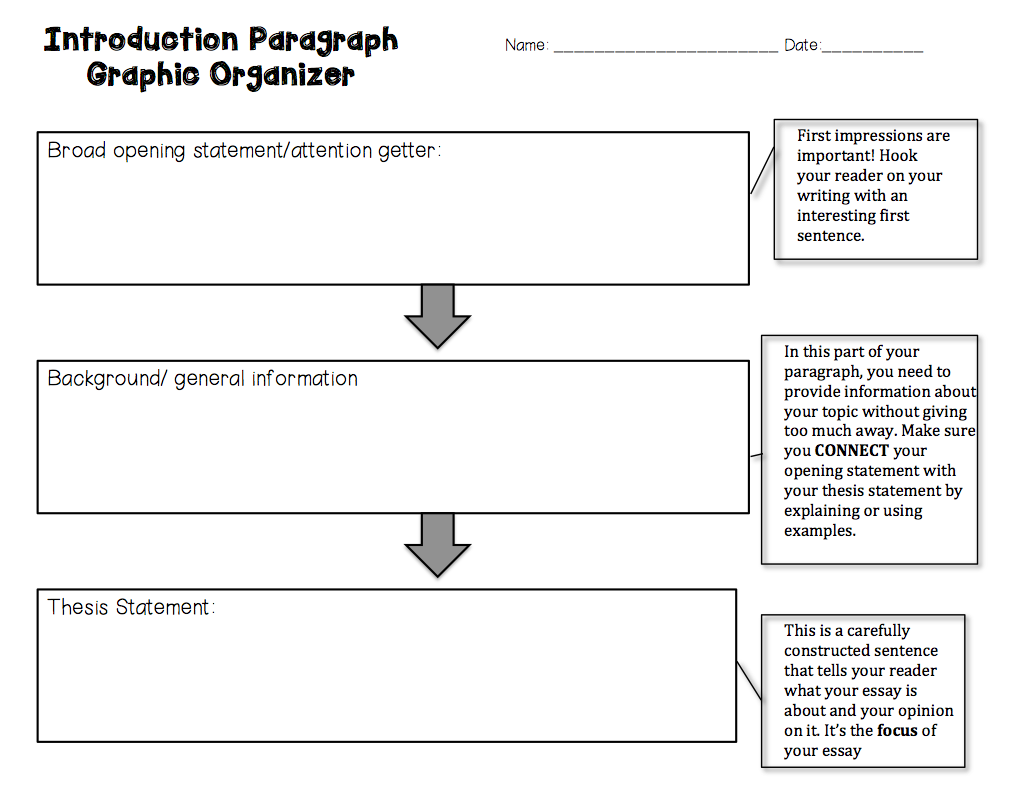How to Make Yarn Wrapped, Ombre Letters
I was put on bed rest at 31 weeks so I set out for a DIY nursery project. I loved the idea of making something that spelled out our little guys name. I didn't know what I wanted, but I knew a few things. One, I love ombre. Two, I was using navy blue in the nursery. Three, I didn't want to spend a whole lot on the project. Enter these adorable yarn letters!
To make these letters, I found 3 different shades of
blue in yarn. Honestly, you don't need anything fancy when it comes to yarn. I just found the brands that were on sale and went from there. Although, a little tip.... If you get really thin yarn, it will make more work for you. If you can, choose something thicker.
Next, I found the letters I wanted to use. I happen to find 3-D letters made of cardboard, but flat ones would have worked as well ((and they would have been MUCH easier to wrap)).
Because I had chosen the 3-D letters, I had to wrap the sides of them as well which was the hard part. ((Thats why I would highly recommend flat cardboard letters instead.))
To wrap the sides, I found it easiest to cut small strips of yarn and glue them on the sides. To cut the strips (so I wasn't cutting 3 inches of yarn a million times) I wrapped the yarn around my fingers and then cut the strips in bulk.
Next, I hot glued the strips down.
I also found it helpful to hot glue the strips on the edges.
This worked well because the sides of the letters had curves and slanted edges. With all those abnormal edges, the yarn would slide and not cover the sides.
After I wrapped the edges/ends of the letters, I had to start wrapping the rest of the letter. Getting started was the hardest part. Obviously one side will be the back and you will never see it so start by hot gluing the yarn down with a big ol' glop of glue. Then, carefully begin to wrap! Add little dabs of glue so the yarn doesn't slip as you go.
Hot glue was really nice and easy for this project because I could add a little here and there under the yarn and it dried clear and quickly.
Finally, when it came time to switch colors for the ombre, I decided to weave the colors together creating a cool transition effect!
And there you have a cost effective DIY Nursery Project! Enjoy!
































